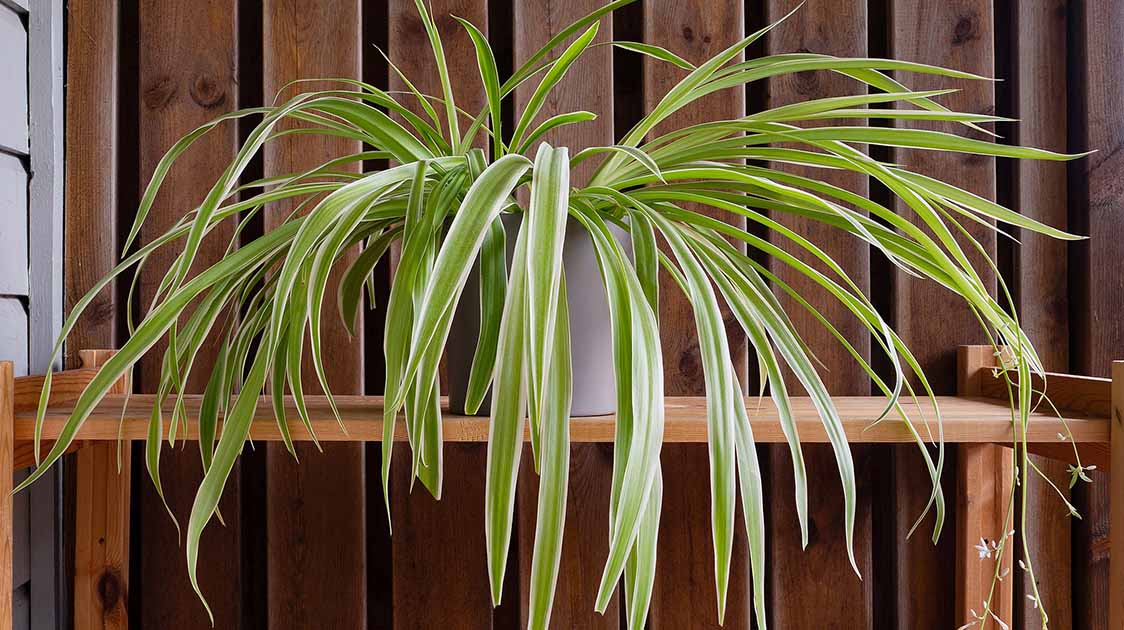
If you are considering planting your Bios Urn ® with a plant or flower and have a pet at home, you may want to consider pet-friendly houseplants that are not toxic.
While all of our biodegradable urns are compatible with every single species plant, many species can be toxic to pets that may decide to munch on a leaf or two. Luckily, there are a number of pet-friendly houseplants to choose from.
We will however add that these species are technically safe for cats and dogs, but it’s still best to eliminate temptation and place all houseplants out of reach. If your pet ever does nibble on a plant, even one unlikely to cause health issues, make sure to watch closely for any signs of a negative reaction. Just because a plant is nontoxic, doesn’t mean it won’t cause a tummy ache if your pet decides to snack on it.
Keep your furry friends safe by choosing a pet-friendly houseplant that is nontoxic to them. Take a look below! Many of these have great names too 🙂
Pet-Friendly Houseplants That Are Not Toxic For Animals
1. African Violet
Want houseplants that are pet-friendly that also produce gorgeous blooms? Look for an African violet. It comes in a range of purple and pink hues, is low maintenance, and thrives without bright light. Keep the soil moderately moist, and water African violets by letting them soak up water through the pot’s drainage hole to avoid damaging the leaves and petals. This flowering houseplant can brighten up even the smallest spaces because it stays less than 12 inches tall.
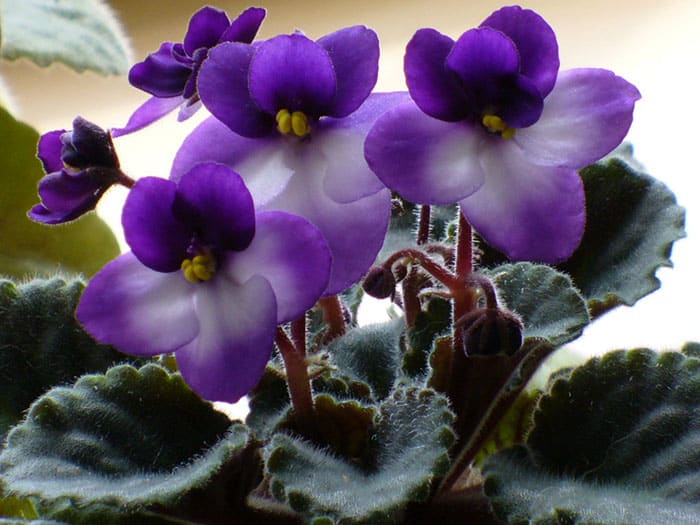
Africa violet. Image credit: Sonja McAllister on Flickr CC0 Public Domain
2. Bromeliad
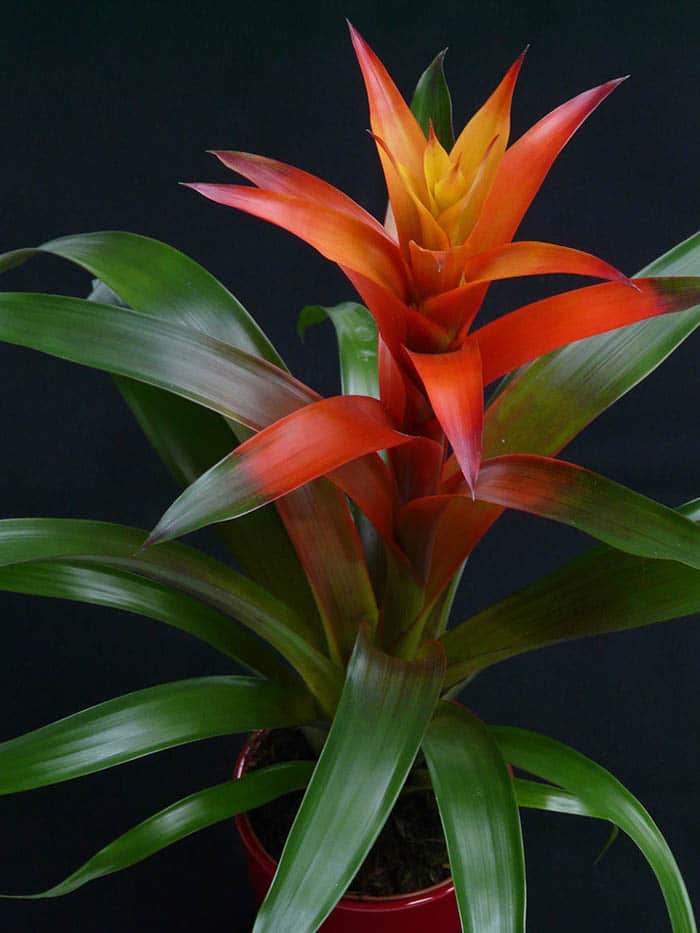
Bromeliad. Image credit: Pixabay CC0 Public Domain
3. Aluminum Plant or Watermelon Plant
The variegated gray-and-green leaves of the aluminum plant (part of the genus Pilea) make it an attractive, pet-safe houseplant. It stays shorter than 12 inches, grows well in medium to low light, and only needs water when the top inch of soil is dry. Since it tolerates low light, you can grow it almost anywhere that’s out of reach of your furry friends.

Aluminum Plant. Image credit: TANAKA Juuyoh (田中十洋) on Flikr CC0 Public Domain
4. Gloxinia
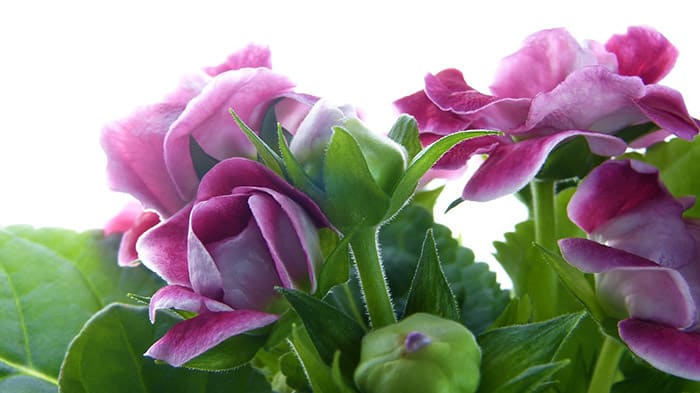
Gloxinia. Image credit: Pixabay CC0 Public Domain
5. Christmas Cactus
Unlike its dangerous holiday counterpart amaryllis, Christmas cacti are nontoxic plants to have around curious cats and dogs. You still shouldn’t let your pets chew on it (Christmas cacti can cause intestinal discomfort if eaten) but overall it’s a safer choice than many other festive plants. Christmas cacti can easily be confused with Thanksgiving cacti, but both are safe for pets and have similar care requirements. Both cacti stay relatively short (under 12 inches), but can spread up to two feet, and grow best with regular waterings and bright, indirect light.
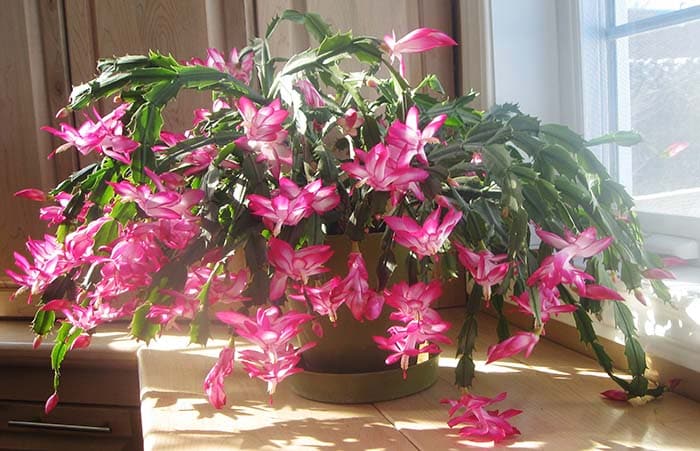
Christmas Cactus. Image credit: Peter coxhead CC0 Public Domain
6. Orchid
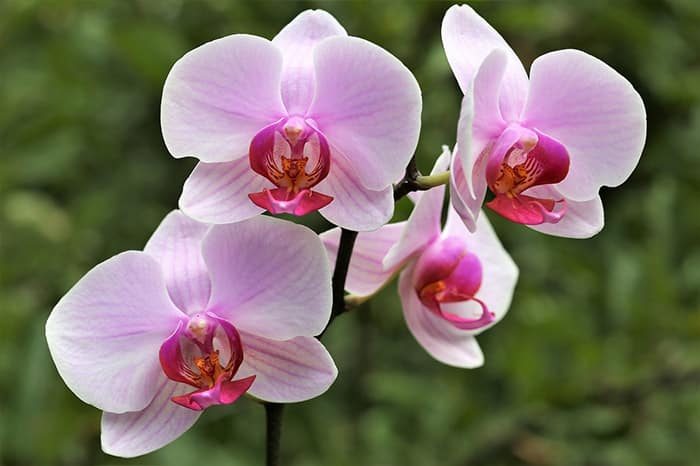
Orchid. Image credit: Pixabay CC0 Public Domain
7. Mosaic plant
One of the common names of Fittonia albivenis is nerve plant, which has the ominous sound of something that affects the nervous system. However, this rainforest native with lovely white or pink veining on its leaves is non-toxic to cats and dogs. The small houseplant thrives in low light with moderate watering.
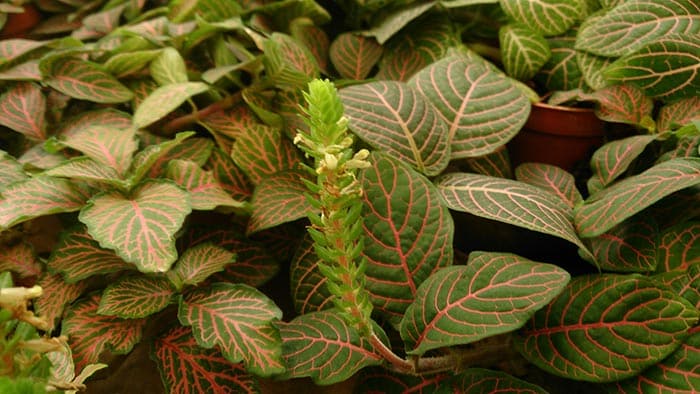
Mosaic plant. Image credit: Mokkie CC0 Public Domain
8. Ferns (some varieties of only)
Identifying ferns can be a bit tricky, as there are several plants with the word “fern” in their name that are not actually part of the fern family. True ferns such as Boston and maidenhair are fair game as indoor plants that are safe for pets. Just beware of toxic misnomers like asparagus fern, which is actually part of the lily family. Though their size can vary, most ferns have similar needs: They like indirect light, evenly moist soil, and high humidity.
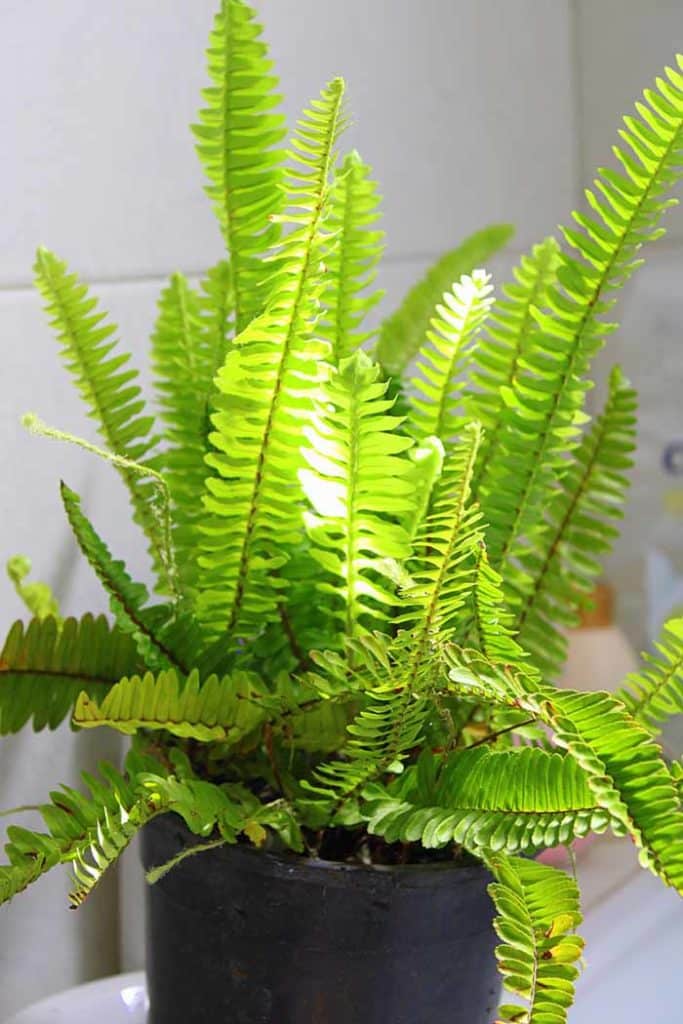
Boston fern. Image credit: Pixabay CC0 Public Domain
9. Banana
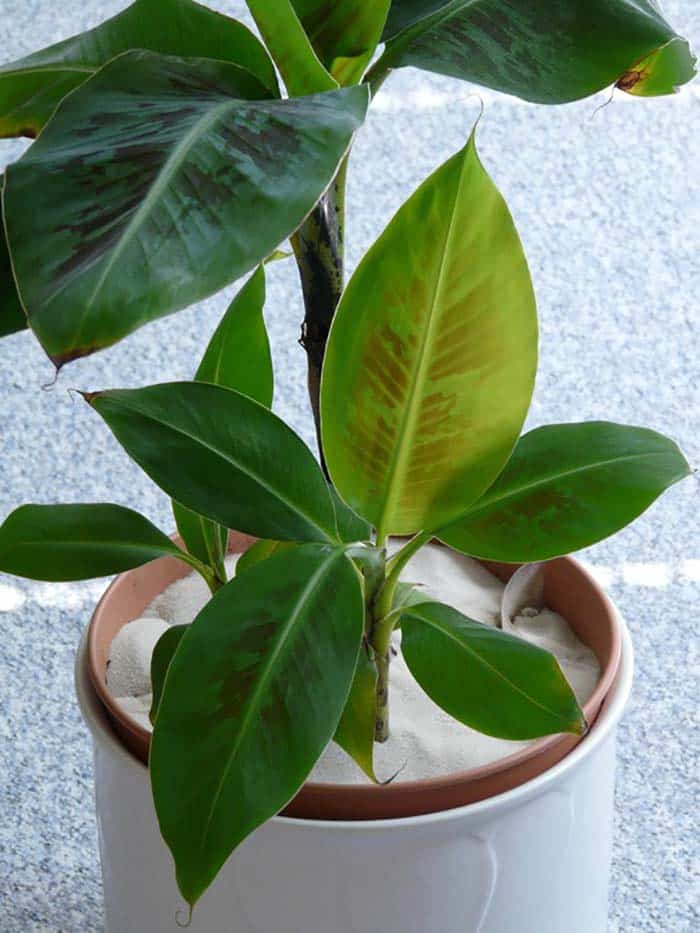
Banana tree. Image credit: CC0 Public Domain
10. Friendship Plant
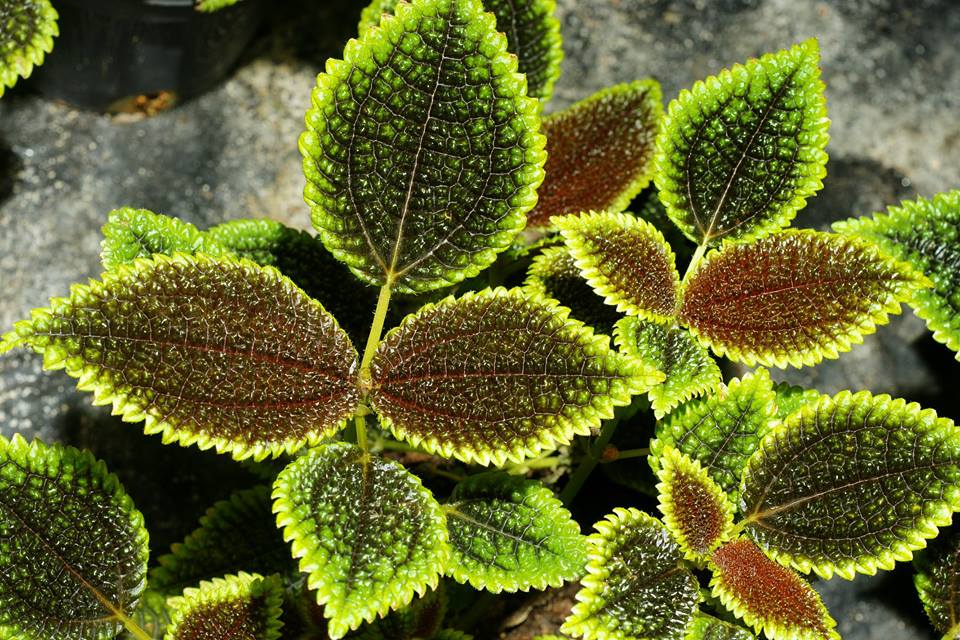
Friendship Plant. Image credit: tea-assembly.com CC0 Public Domain
The friendship plant (which is closely related to aluminum plant) is named for the ease with which it can be divided and shared. If you get one as a gift, rest assured it’s safe for your cats and dogs, even if they take a bite out of this plant’s fuzzy, crinkly leaves. Friendship plant tolerates medium and low light, loves humidity (it grows well in terrariums), and usually doesn’t grow taller than 12 inches.
11. Areca palm

Areca palm. needpix.com Image credit: CC0 Public Domain
12. Lipstick Plant
This quirky plant has blooms that look like tubes of lipstick, and is safe for cats and dogs alike (other members of the Peperomia family are, too). A native of the tropics, lipstick plant thrives in bright light and loves being outside in the warmer months. It can grow up to 20 inches tall and likes to have consistently moist soil, so don’t forget to water!
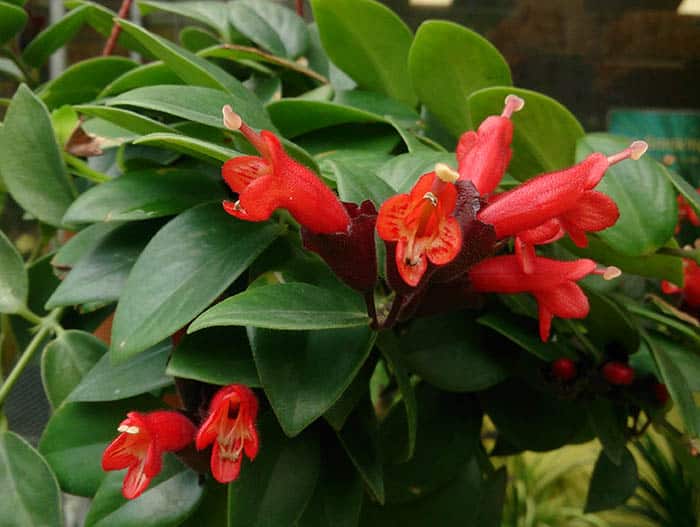
Lipstick plant. Image credit:Mokkie CC0 Public Domain
13. Parlor Palm
Pet owners looking to add a small tree indoors may want to pick up a parlor palm. This pet-friendly, low-maintenance houseplant is also a good starting point for beginners. It grows best in bright, indirect light, but also tolerates low light. Water when the top inch of soil is dry, and your parlor palm could reach up to eight feet (though four feet is more common).
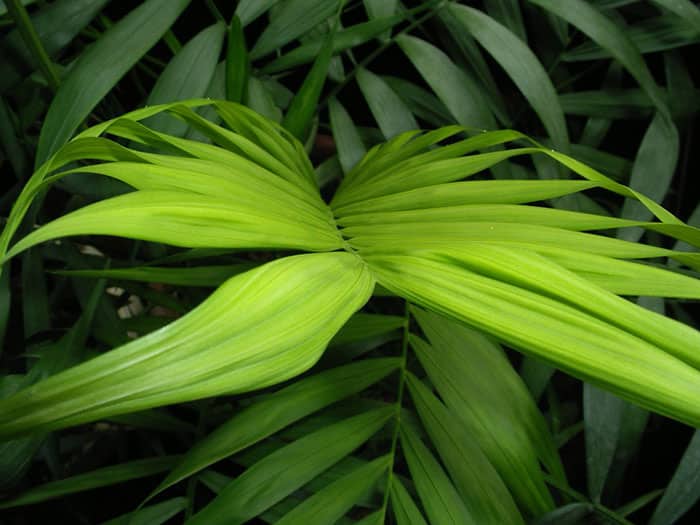
Parlor palm. Image credit: **Mary** on Flick CC0 Public Domain
14. Purple waffle plant
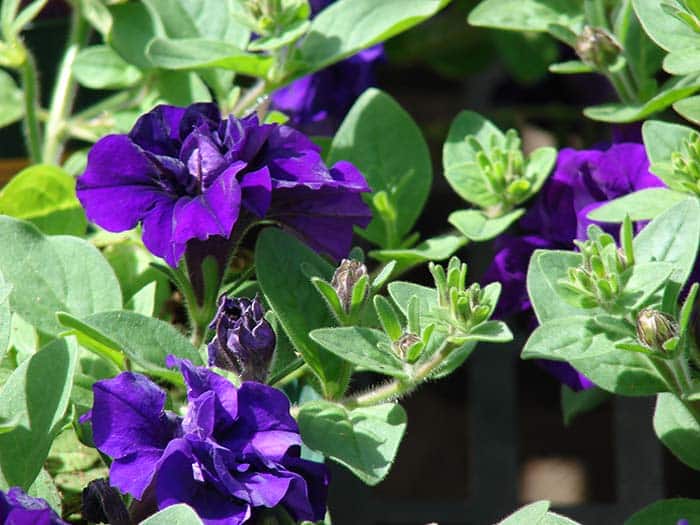
Purple waffle plant. Image credit: Quinn Dombrowski on Flickr CC0 Public Domain
15. Polka Dot Plant
Use polka dot plant to add a splash of pattern and color to miniature gardens, terrariums, mixed containers, and more. You can find this pet-friendly plant in colors like pink or white, and though it can grow up to three feet tall, it usually stays on the small side (under 12 inches) in containers. Place it in a spot that gets bright, indirect light and keep the soil consistently moist.
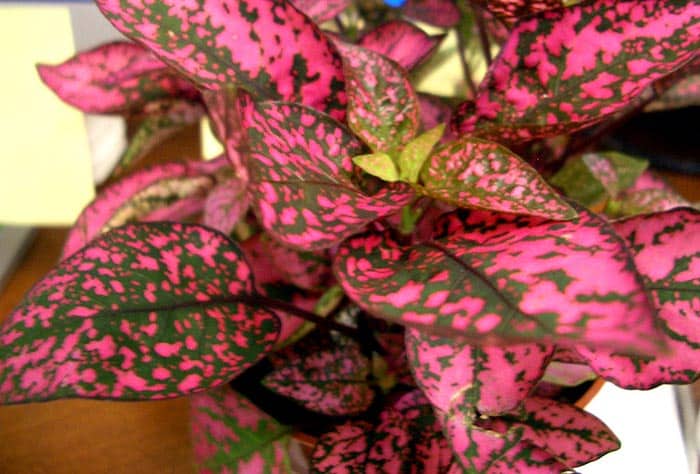
Polka Dot Plant. Image credit: Incase on Flickr CC0 Public Domain
16. Prayer Plant or Calathea
Topping out at six to eight inches, prayer plant is ideal for small spaces like bookshelves and end tables. Its red, cream, and green leaves curl up at night, giving it its name. What’s more, it’s one of the easiest houseplants you can grow that’s also safe for pets. It grows best in medium or low light, and you can let its soil dry out a bit between waterings.
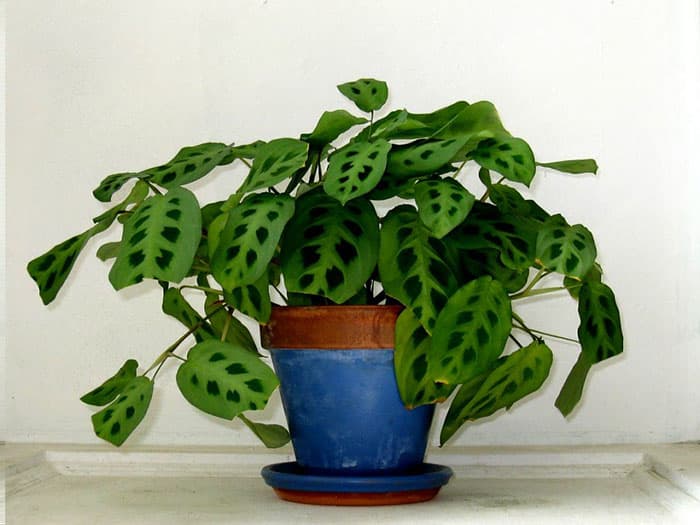
Prayer Plant. endolith on Flickr Image credit: CC0 Public Domain
17. Spider Plant
This pet-friendly houseplant is one of the easiest you can grow. It’s also super simple to grow more spider plants from the babies that the mother plant produces. Spider plant grows best in bright, indirect light, but it can tolerate low light, too. Let the soil dry between waterings, and your plant can grow up to 12 inches tall and 24 inches wide, and produce multiple baby plants.
18. Royal velvet plant
Gynura aurantiaca plants look like something from a psychedelic garden come to life and are great pet-friendly houseplants. The velvety hairs on the leaves are almost iridescent and are at their most vibrant in bright light conditions. To prevent root rot, water only when soil is dry.
19. Ponytail palm
Many of the most popular succulents, including hens and chicks and echeverias, aren’t problematic, but with so many varieties on the market, it’s best to research each individual plant. Jade, for example, while similar to other succulents, is actually dangerous to pets. Most succulents stay just a few inches tall when grown indoors. They will do best in bright light, and only need watering every couple of weeks.
Don’t forget to read our tips on how to plant the Bios Urn ® in a container or planter which you can find here.
And it may be of interest to you to know that we have designed a planter to fit our urns perfectly. The Bios Incube Lite ® planter comes in 5 different colors and works both inside and outdoors. Find out all about it here!
What did you think of our suggestions of pet-friendly houseplants that are not toxic for animals? You may have some feedback on one you have grown or have one to add to this list. We would love to hear from you in the Comments section below!
You may also enjoying reading our Blog post: Easy Houseplants To Use With A Bios Urn ®
To keep up to date with all the latest Bios Urn ® news and stories, you can follow us on Facebook, Instagram, Twitter, Pinterest and YouTube!
Join our mailing list to keep you updated of all Bios® news and get a 10% Discount!
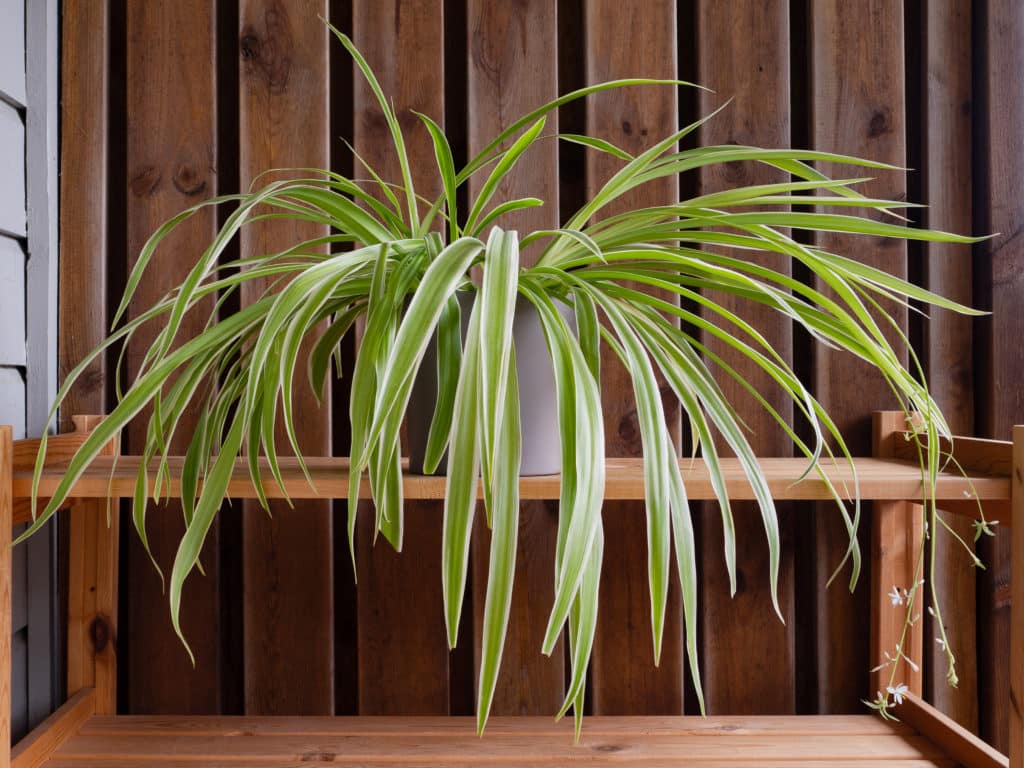
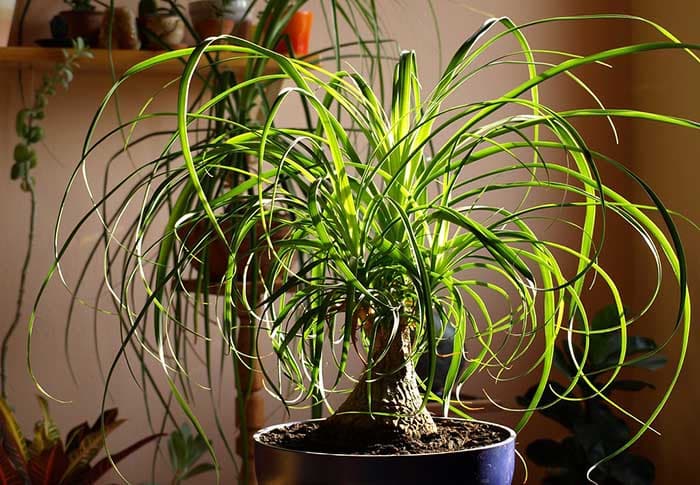
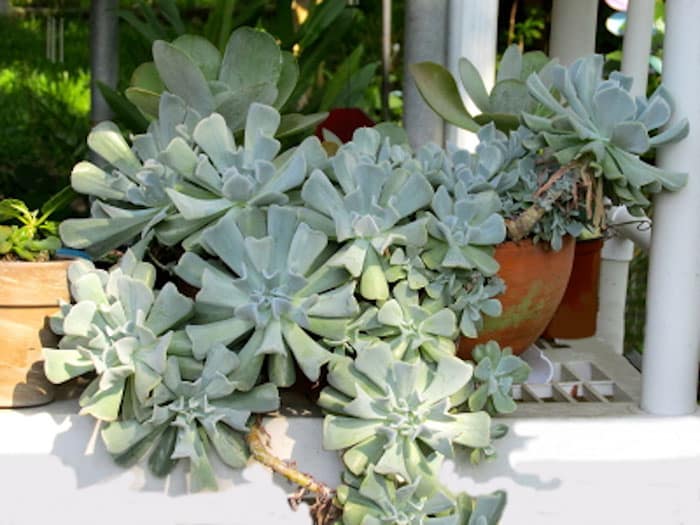
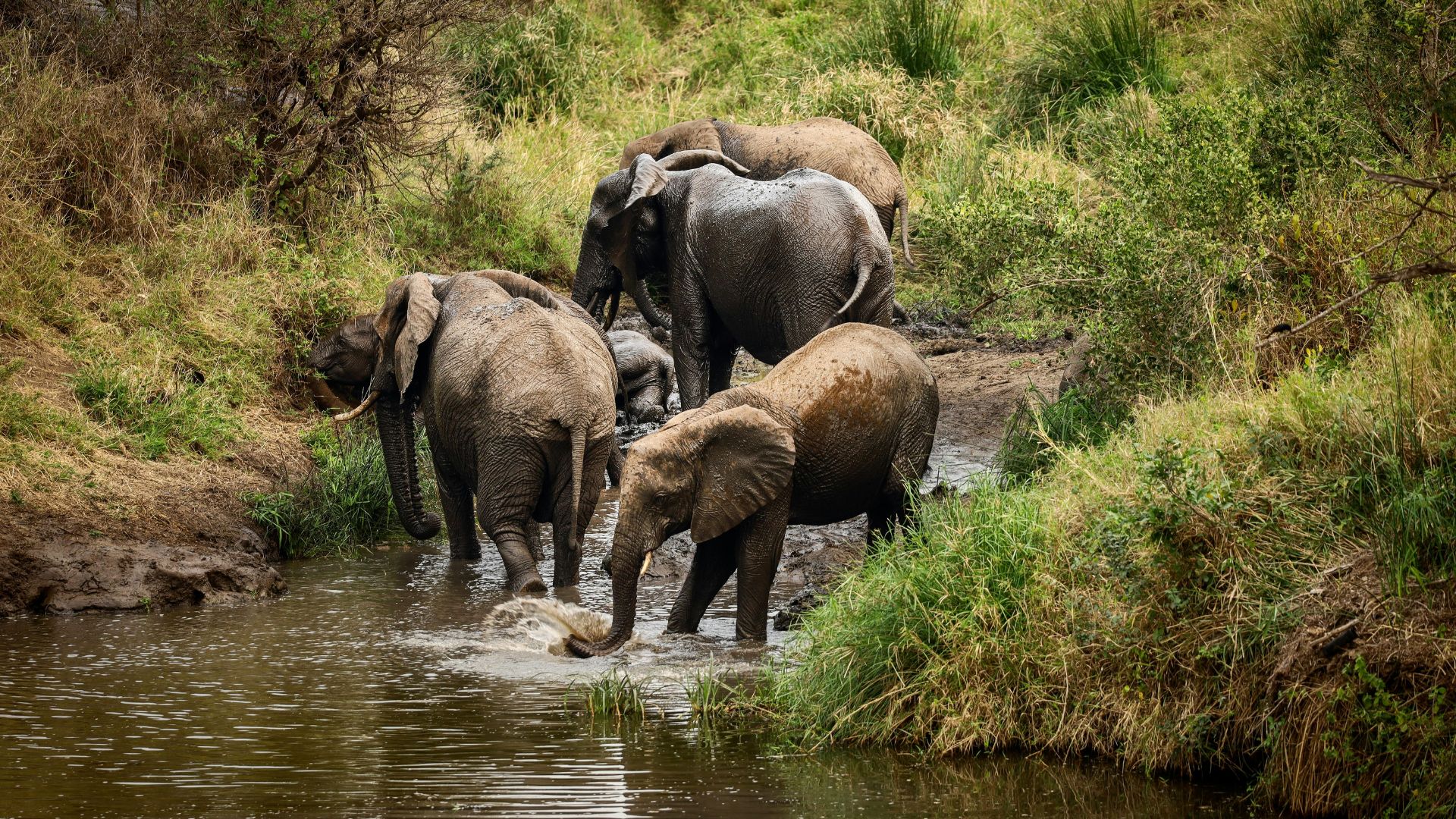
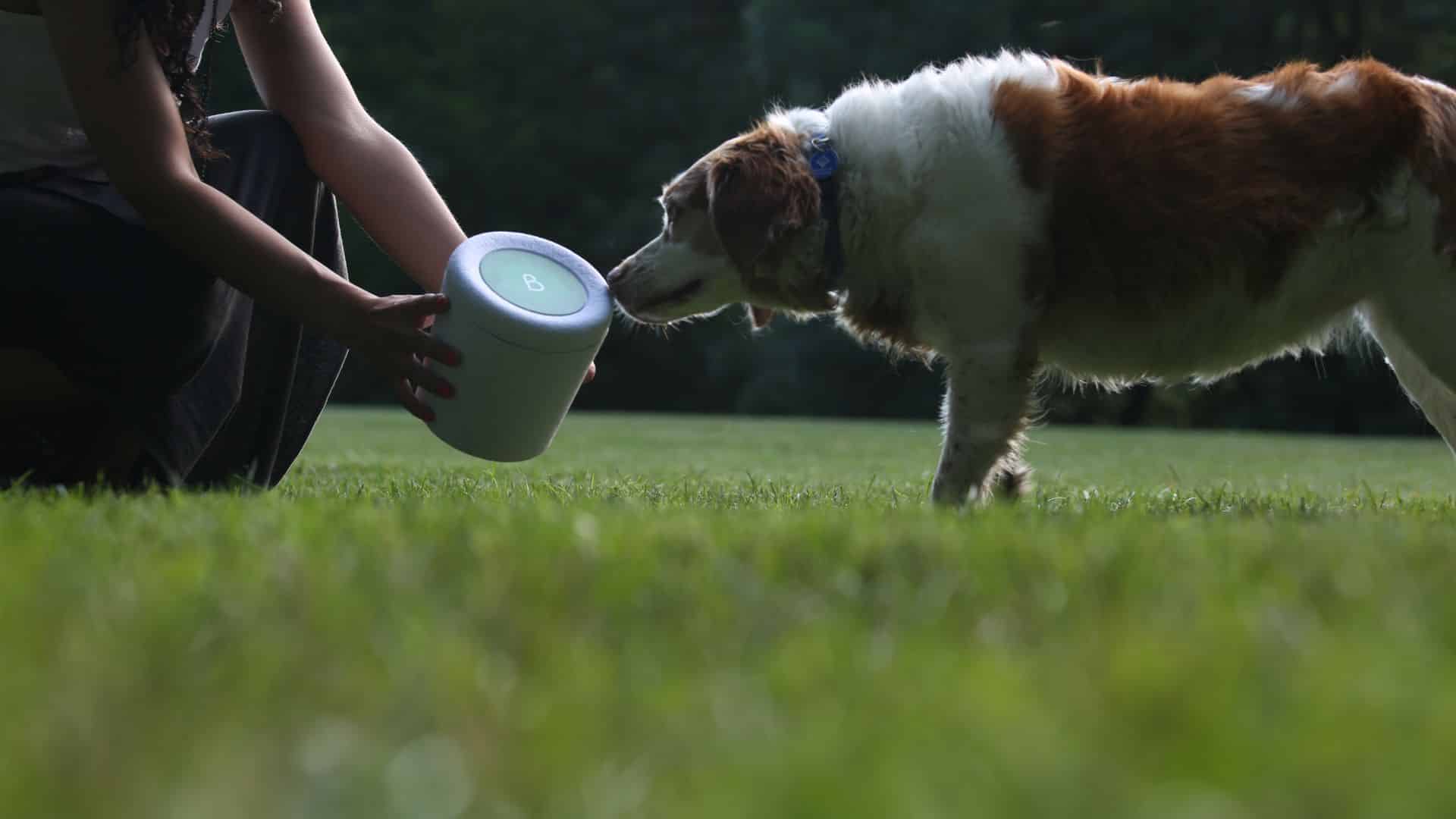
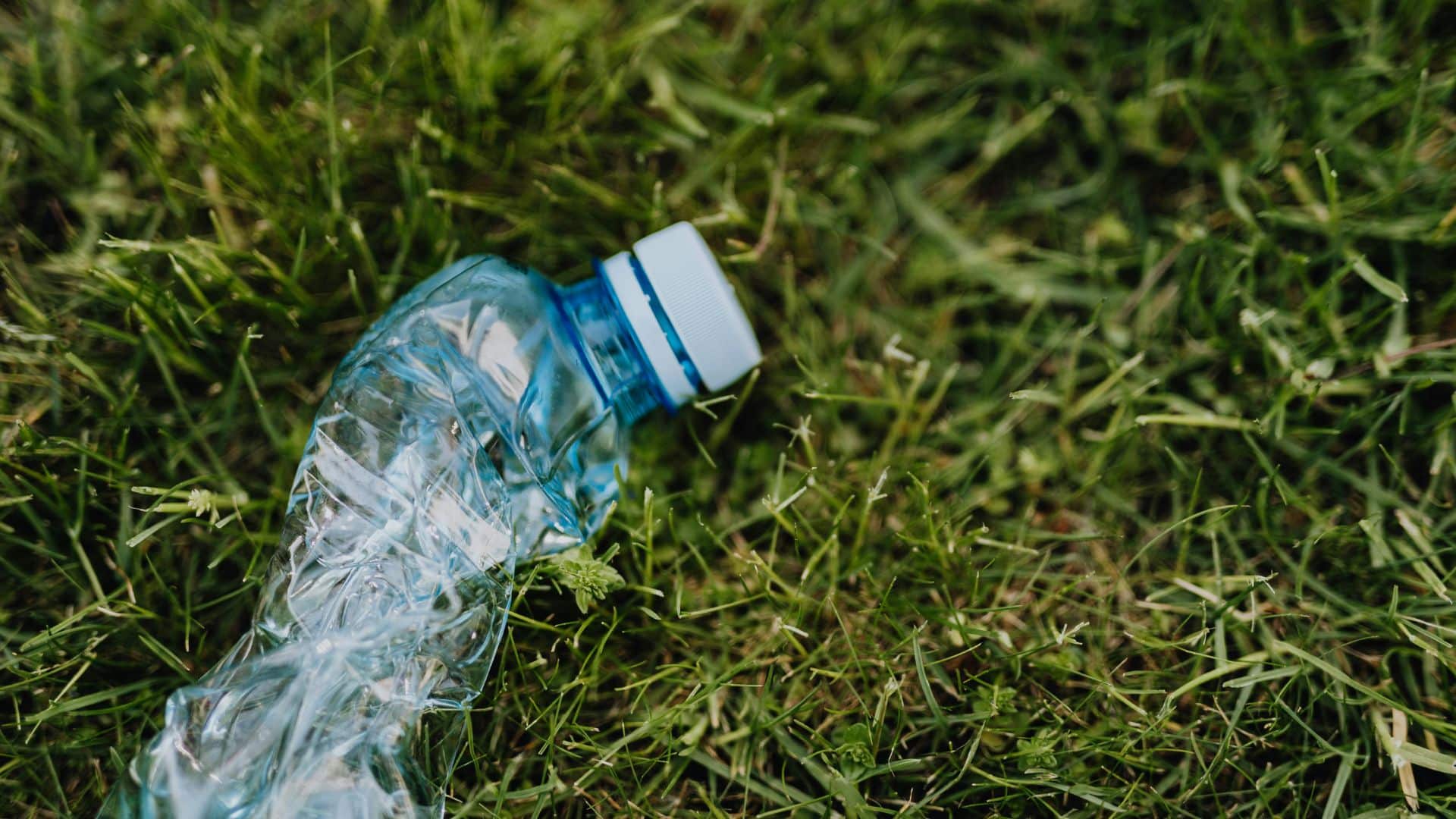
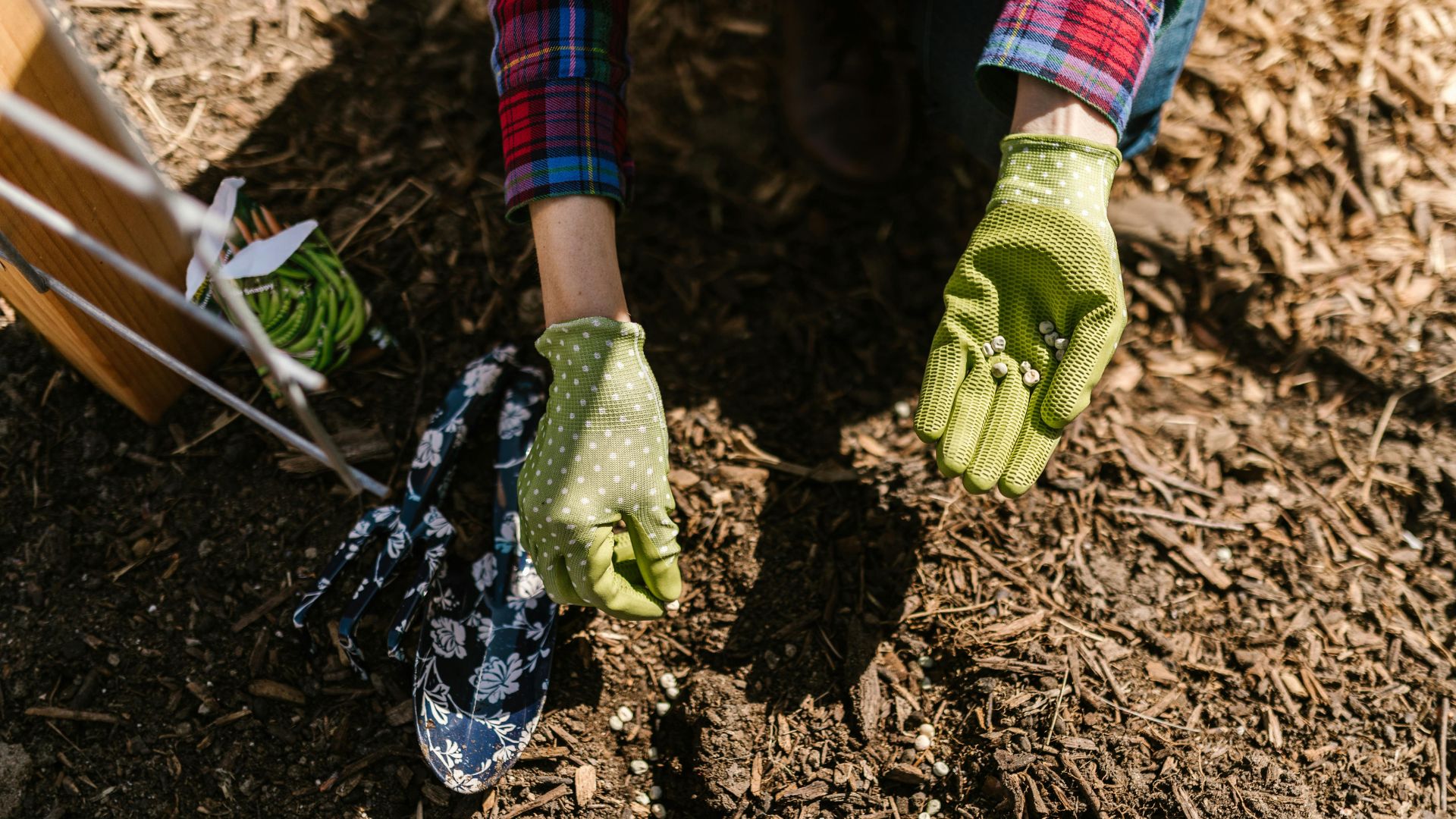




Leave a Reply